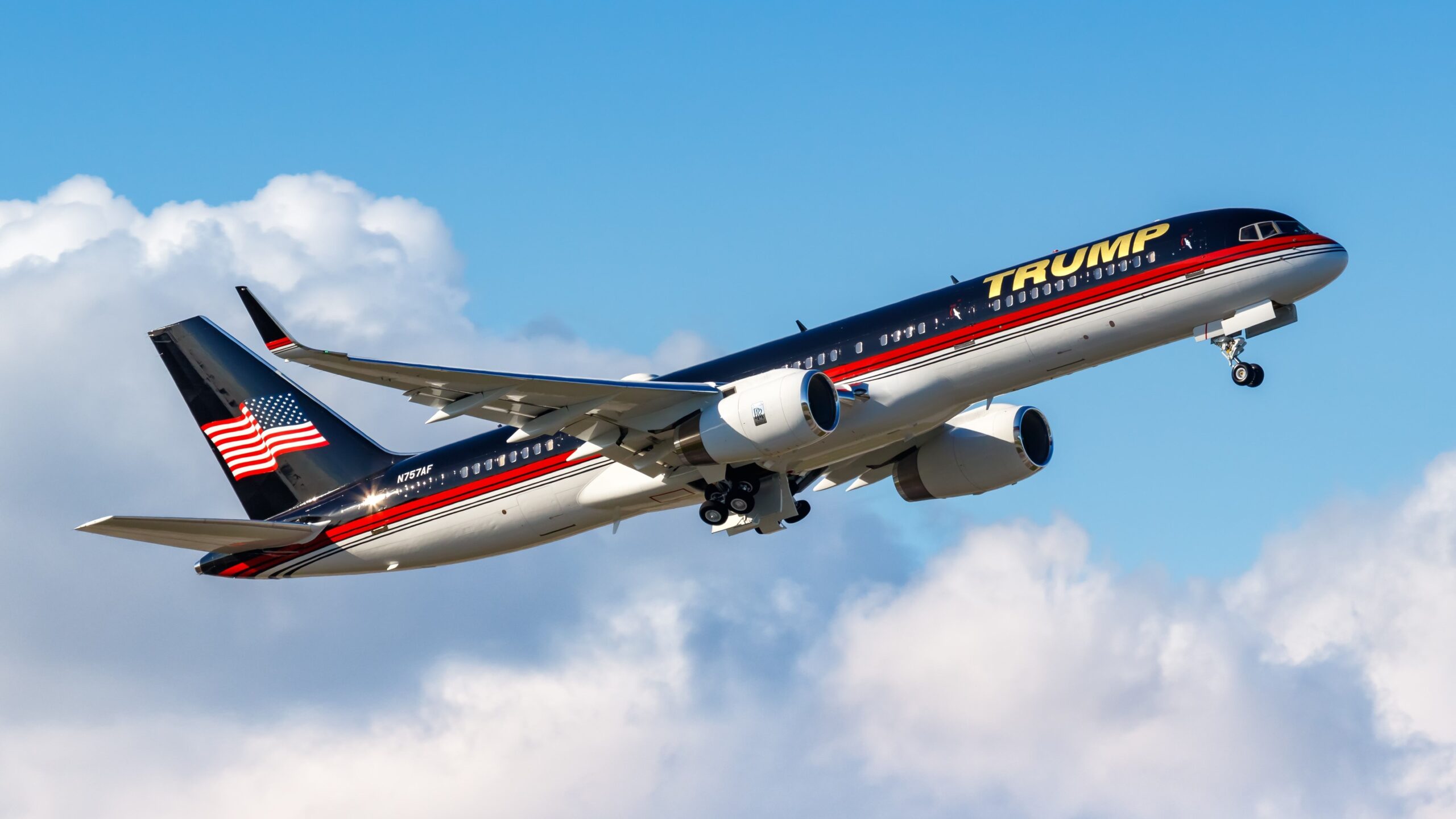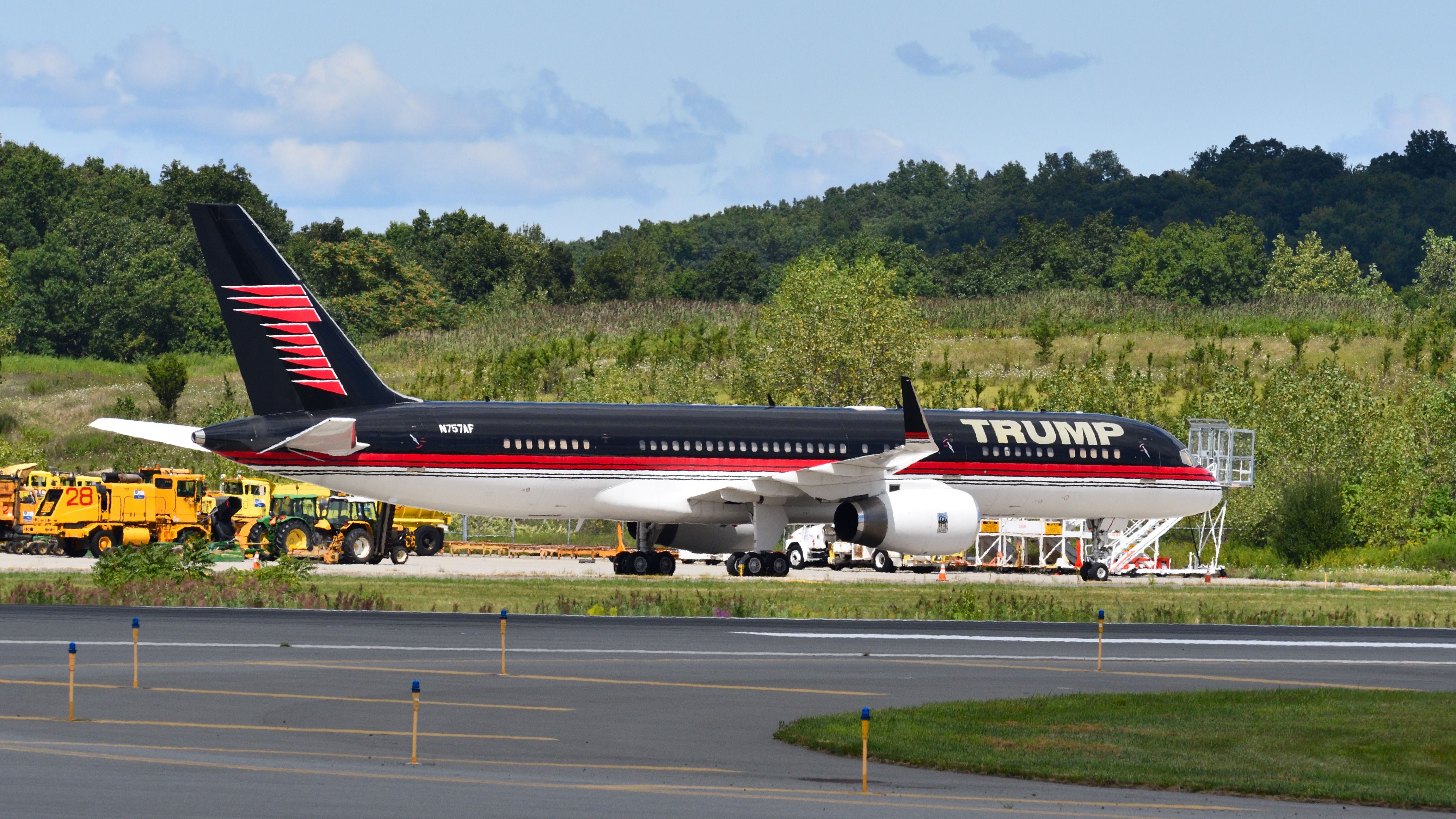Summary
- Private operators favor the Boeing 757 -200 due to its extended range of capabilities.
- The 757 is used as a VIP aircraft by heads of state, a few private owners, and charter operators.
- The cost of a new Boeing 757 ranged from $36M to $45M, excluding cabin customization costs.
The Boeing 757 is one of the most notorious aircraft ever made. Commercial versions saw their first orders in the late 70s when the project was still known as the 7N7. Let’s dive into the world of its bizjet counterpart, the Boeing 757 BBJ.
Some background
On February 19, 1982, the prototype of the 757 completed its first-ever flight, marking a significant milestone for the aircraft. Following rigorous testing and evaluation, the Federal Aviation Administration (FAA) granted certification to the 757 on December 21, 1982. Shortly after, on January 1, 1983, Eastern Air Lines became the first commercial airline to introduce the initial 757-200 variant into service.
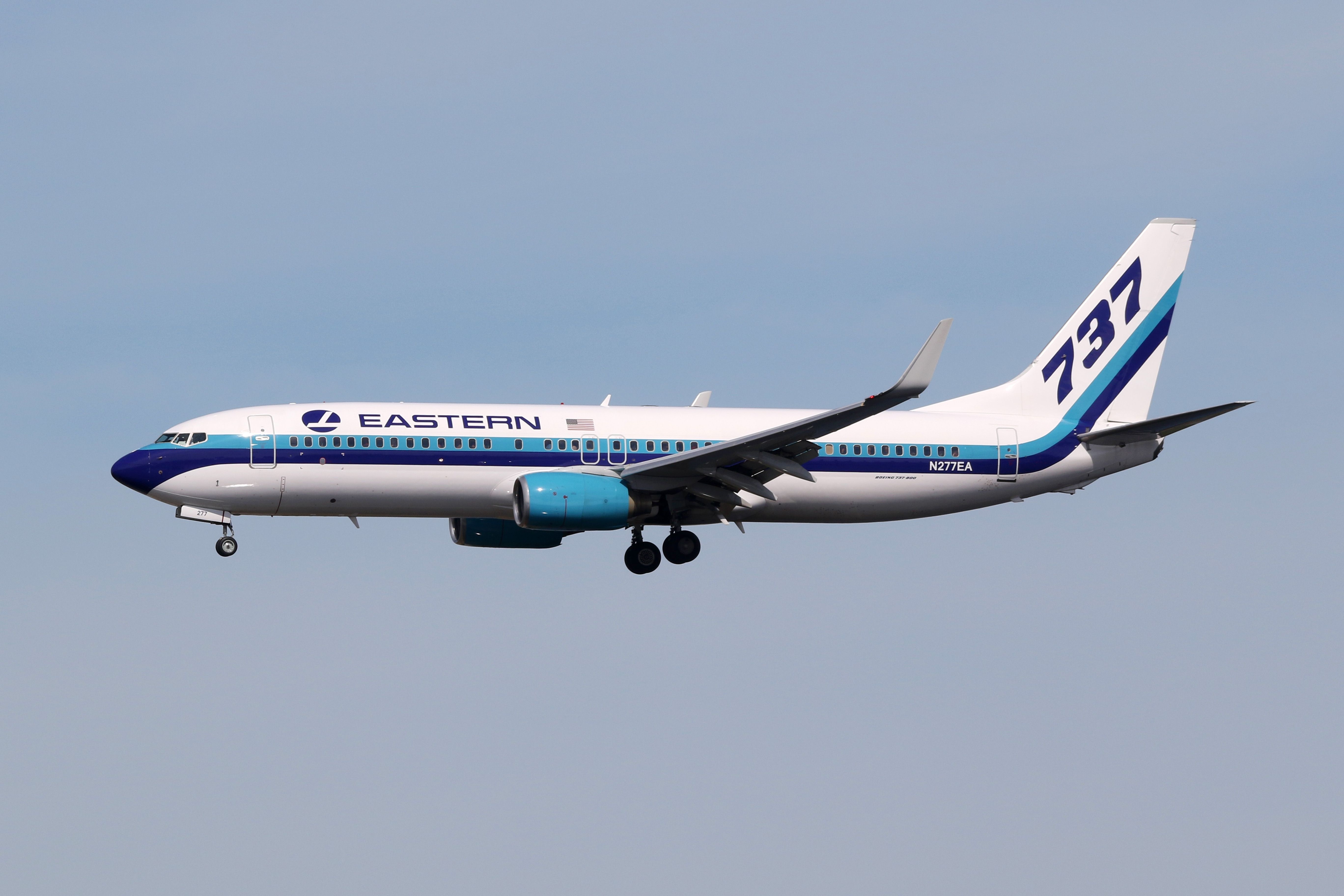
Related
The Story Of Eastern Air Lines – From Boom To Bust
Eastern Air Lines was a major US airline for over 60 years.
Which version is favored by private operators and why?
The aircraft in question is the original 757 version, the -200. These airplanes were equipped with the Rolls-Royce RB211-535C7 or the more advanced RB211-535E4 engines. When configured as an airliner, the aircraft had a full payload range of 3,850 nautical miles. However, when used as a Bizliner, it can travel even further distances.
According to AB Corporate Aviation, the aircraft has an extended range of 4,000 NM. While this range does not match the near 8,000 NM capability of the Global 8000, which is double that of the 757, it still provides sufficient range for cross-ocean flights and transcontinental missions in the USA.
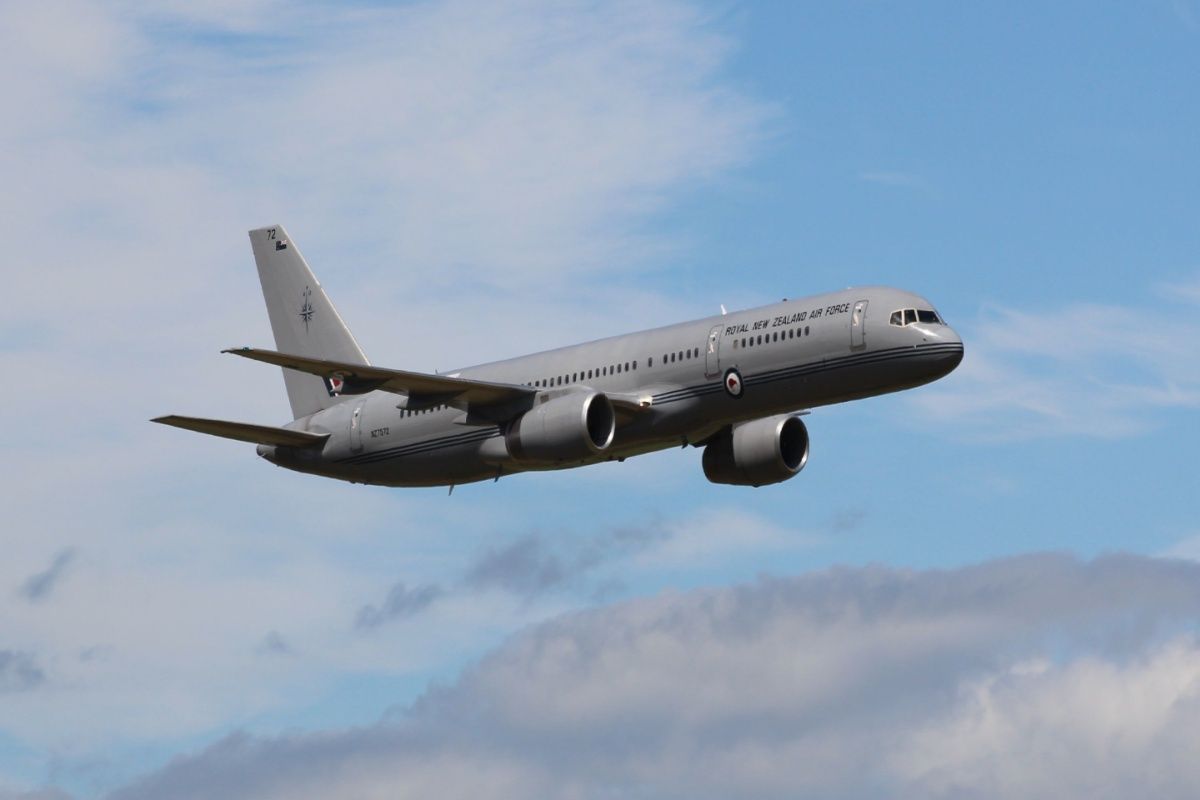
Related
New Zealand Air Force Boeing 757 Breaks Down On Prime Minister’s Trip To Japan
A Boeing 757 carrying the New Zealand Prime Minister and delegation broke down again, forcing everyone to take commercial flights.
Who uses the 757 as a VIP aircraft?
A specific type of customer highly values this aircraft due to its unique capabilities. It combines a narrowbody aircraft’s agility with a widebody’s long-distance range, allowing it to access smaller airfields without sacrificing its operational range. As a result, most operators are heads of state, such as those from Argentina, New Zealand, and, notably, the United States.
There are also a few private owners and charter operators in the aviation industry. One notable charter operator is Gainjet, which had previously operated a Boeing 757 aircraft. As reported by Planespotters.net, this specific aircraft, registered as VP-BEE, has now transitioned to private ownership, signifying the conclusion of its charter jet service. This particular aircraft type is historically associated with football teams, which have frequently utilized 757s for their travel requirements, particularly when flying to stadiums in areas with limited runway space. As a result, the Boeing narrowbody has proven to be an optimal choice for addressing such logistical challenges.
It is mostly impossible to determine who the owners of the private 757s are, but there is one man who is famous for owning one – former US President Trump.
Photo: Evan El-Amin | Shutterstock
The former President of the United States used aircraft from Trump Aviation, a subsidiary of his business empire. Trump Aviation operated a small fleet of jets and helicopters, primarily utilized by executives within the Trump Organization and during Trump’s 2016 presidential campaign. One notable aircraft within this fleet is commonly referred to as “Trump Force One,” serving as the flagship aircraft for Donald Trump, his very own 757 BBJ.
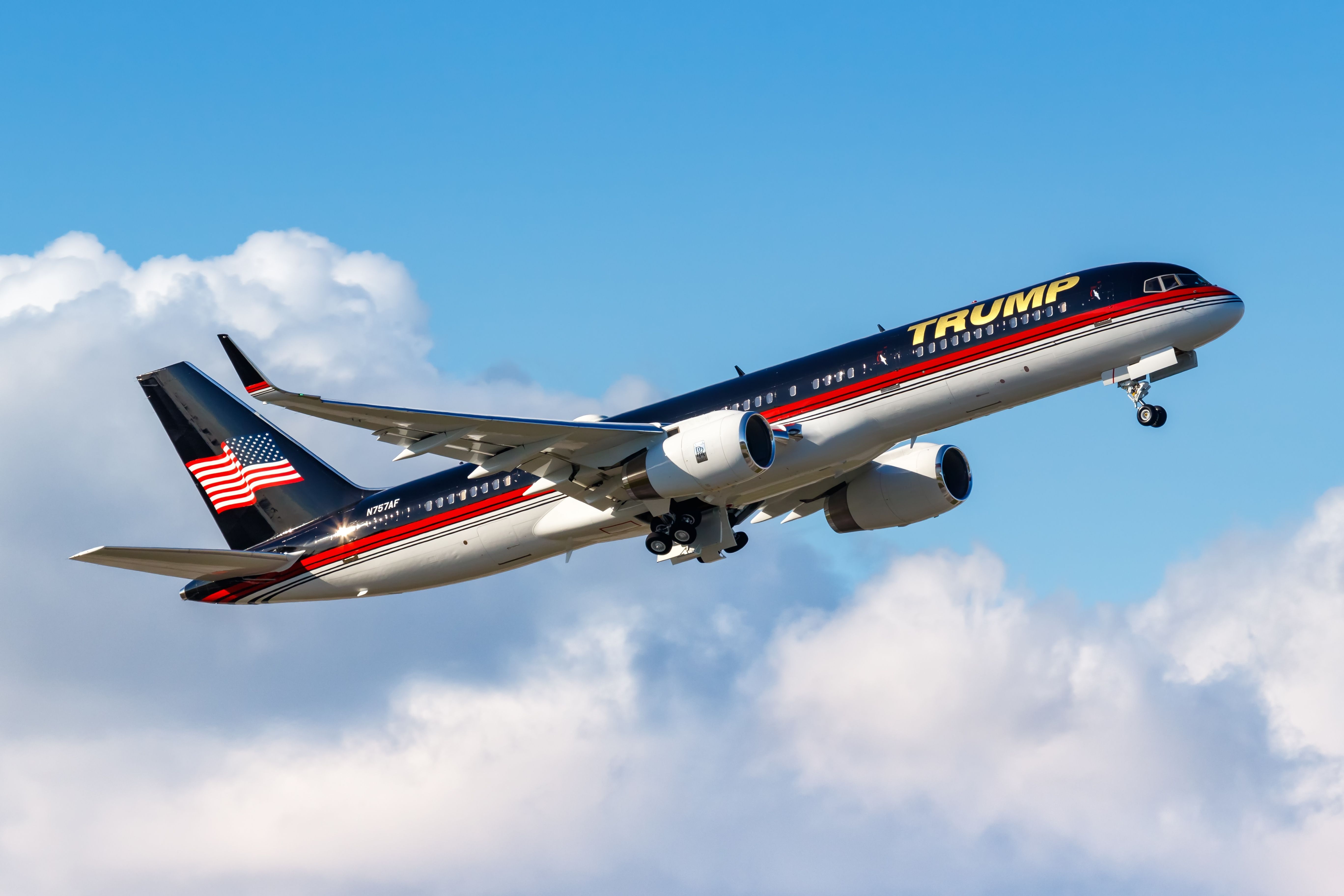
Related
Trump Force One: A Guide To Donald Trump’s Private Jet
Trump’s private aircraft is a custom Boeing 757 private jet.
Important: This is not a political article. Any mention of any state, leader, celebrity, or political figure/head of state is not an endorsement of any kind—please view any mention as indicative and illustrative only.
In preparation for the 2024 election and considering his extensive business interests across the United States, Mr Trump will require frequent travel to various cities nationwide. Given the infrastructure limitation in some smaller towns and the need to accommodate a full detail of Secret Service agents as a former president, utilizing wide-bodied jets may need to be more practical. Therefore, the Boeing 757 would be the most suitable aircraft for his travel needs.
How much does a BBJ 757 cost?
The Boeing 757 production was discontinued after the last example was delivered to a Chinese carrier in 2005. Interestingly, the purchase price of a new 757 would have ranged from $36 million to $45 million, covering the cost of the airframe only. This price did not include the fully equipped cabin, as Boeing Business Jets (BBJs) are delivered in a “green” state. After delivery, customers could customize the interior to their exact specifications, leading to a wide range of possibilities and costs, potentially resulting in lavish interiors.
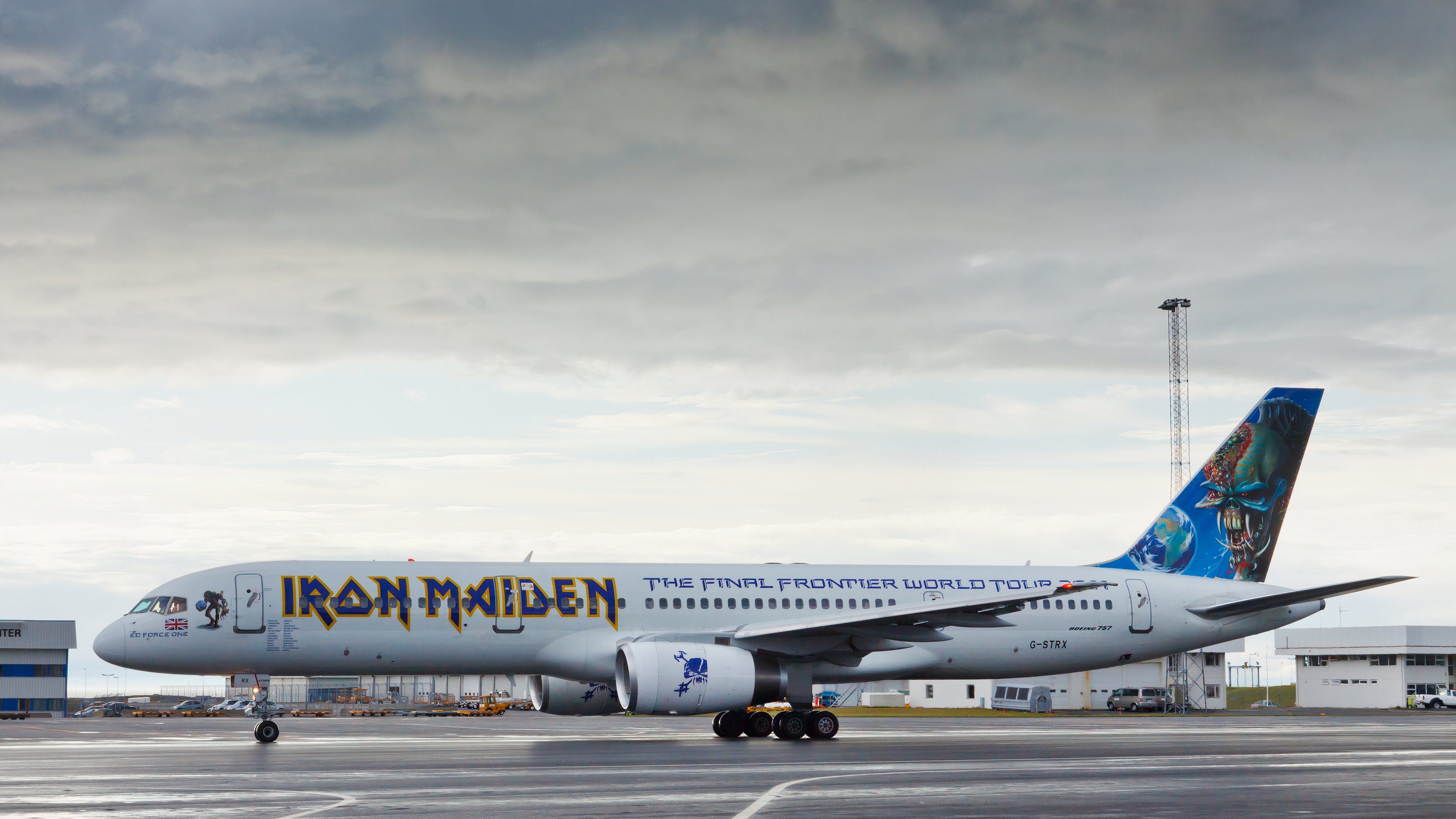
Related
What Happened To Iron Maiden’s Boeing 757?
The band used two different Boeing 757s for tours in 2008 and 2011
Based on the Aircraft Cost Calculator, the average price for a pre-owned BOEING BBJ, regardless of type, is $59,000,000.00. Assuming a loan amount of $29,500,000.00 to be paid over 120 months, with a monthly interest of $122916.67, the per-period payment would be approximately $1,479,239.58.
When looking at the operational costs, for an aircraft operating 450 hours annually at a fuel cost of $6.00 per gallon, the Boeing BBJ’s total variable costs amount to around $3,790,350.00, and the total fixed expenses are $1,301,481.00, resulting in an annual budget of $5,091,831.00. As a result, the average price per operating hour is $11,315.18. But of course, factors like aircraft age and usage will vary the price
Looking back
The Boeing 757, since its initial flight in 1982, has distinguished itself as a versatile and enduring aircraft, balancing the agility of narrowbody jets with the range of widebodies. This unique combination allows it to serve various operators, from commercial airlines to private owners and even heads of state. Its capacity to operate from smaller airports without compromising range makes it particularly appealing for various missions requiring transcontinental and cross-ocean flights.
Despite Boeing ceasing its production in 2005, the 757’s legacy persists, highlighted by its continued use in various capacities, including the high-profile travels of political figures and the luxurious adaptations by private operators. The aircraft’s adaptability, combined with a customizable interior, ensures its relevance and desirability among a niche market, underscoring its historical significance and ongoing utility in the aviation sector.
What do you think of the BBJ757? Have you ever seen one? Let us know.

